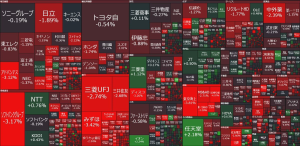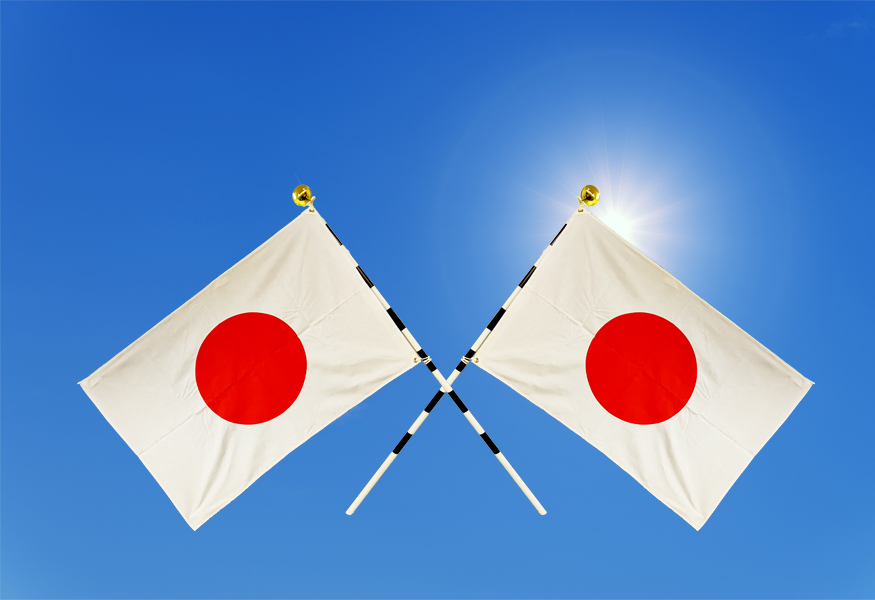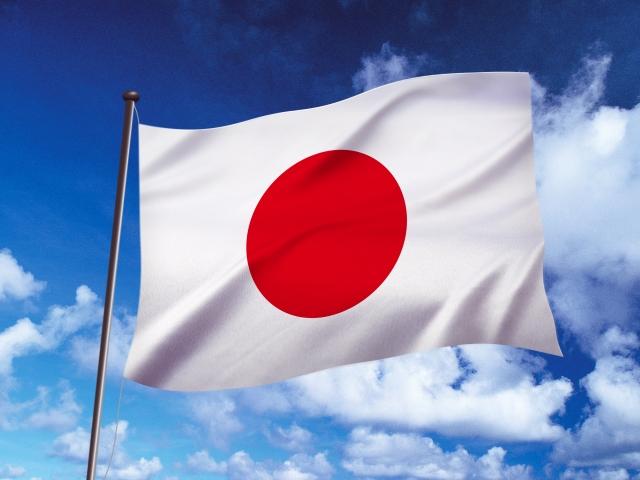Every time a regional bank in the United States faces a crisis, a wave of tension and a “risk-off” frenzy sweeps through global markets.
The sharp volatility in the dollar-yen exchange rate and the synchronous drop in Japanese financial stocks have become an established pattern.
Most recently, when two U.S. regional banks disclosed lending-related issues, global risk aversion intensified.
Investors immediately sought safety, pushing up the value of the yen, while selling pressure spread across Japanese financial stocks.
This reflects a deep-seated fear among investors that U.S. credit instability could cross the Pacific and infect Japan’s financial system.
However, this is not merely a problem happening in a distant country.
The same structural flaw that created massive unrealized losses on U.S. regional banks’ balance sheets due to the sharp rise in U.S. interest rates is mirrored almost exactly in Japan’s regional banks.

But Japan’s issue is manifesting not as a sudden collapse, but as a “gradual decay.”
This is a double punch: the rapid decline of regional economies combined with decades of ultra-low interest rates.
As the era of “one bank per prefecture” ends and the very purpose of regional banks is questioned, how should you—the individual investor—interpret this transformation and act upon it?
Moving beyond superficial online chatter, I offer you, as your private banker, a specific and actionable perspective that directly impacts your life and your assets.







